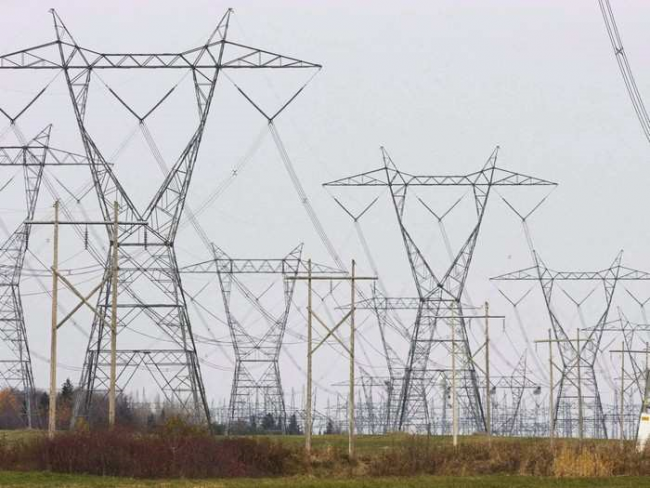Articles Menu

Recent proposals to use B.C. hydropower as a substitute for coal power in Alberta should be viewed in light of new research showing that in the long-term, B.C. has little energy to spare, and that any substitute power would in fact be originating from the United States.
Premier Christy Clark recently asked for federal assistance to expand the electricity transmission infrastructure between B.C. and Alberta. According to Clark, B.C.’s abundant hydroelectricity resources could help Alberta meet its target of eliminating coal-fired generation from its electricity mix if additional electrical transmission capacity between the two provinces was constructed. In turn, Alberta premier Rachel Notley has suggested that Alberta won’t support the proposed expansion project unless B.C. approves oil pipelines to the coast.
The current political discussion rests on the ability to substitute low carbon energy from B.C. for fossil-derived energy in Alberta — the underlying assumption being that B.C. has surplus hydroelectricity to sell. However, a review of B.C. electricity trade over the past decade indicates a different reality; although B.C. was a large exporter in 2015, it has been a net importer of energy for five of the past 10 years and has a net energy balance close to zero between 2005 and 2015. B.C. simply does not have additional energy to sell.
Bringing fresh analysis to the picture is new research released today by the 2060 Project; a joint initiative between the Institute for Integrated Energy Systems at the University of Victoria (IESVic) and the Pacific Institute for Climate Solutions (PICS). The 2060 Project team modelled the combined B.C.-Alberta electricity system and future scenarios under Alberta’s proposed carbon-reduction policies. The model includes current and planned electrical generating units, as well as a suite of potential options, such as natural gas-fired generation, wind and solar power, and imports from the US. One of these options is the expansion of the electrical transmission connection (called an intertie) between the provinces.
The findings indicate that, even with the addition of the province’s planned Site C dam, B.C. will not have an abundance of surplus energy to sell to Alberta (due to growing internal demand). Rather, if current market trends continue, the majority of the energy provided to Alberta through an expanded intertie would first be imported to B.C. from the US, “stored” in B.C.’s hydroelectric reservoirs, and then exported to Alberta during times of high demand and low wind production. As a result, the net impact on Alberta emissions is not reliant on BC’s clean hydro-generation, but rather on the carbon intensity of US-imported power. In order to meet its greenhouse gas reduction targets, it is likely that Alberta will need to rely heavily on a significant local build-out of variable wind power, and associated natural gas back-up generation, to replace its coal generation.
However, while B.C. appears unable to be Alberta’s white knight for emissions reductions, the environmental benefits of expanded intertie between B.C. and Alberta should not be discounted. This expansion could provide additional operation flexibility and facilitate greater penetration of variable renewable generation. As an example, when the wind is blowing and the sun is shining in Alberta, surplus renewable energy can be sold to B.C. while B.C. throttles down its large hydroelectric facilities, thereby saving water. This stored water can then be utilized as energy in Alberta at times when wind and solar generators are not producing.
In short, the primary consequence of increased transmission capacity is expected to be the movement of energy from the U.S., through B.C., to Alberta. As a result, the potential emissions reduction from the intertie depends on the emissions from U.S. imported energy. Because changes in that country’s electricity system will impact inter-provincial operations, the 2060 Project will be examining the potential benefits of this through additional modeling research. However, regardless of the decisions of our U.S. neighbour, boosting transmission capacity does provide Alberta with access to flexible capacity, which would support its wind generation investment.
Above photo: Jacques Boissinot
Jeff English is a PhD candidate with the 2060 Project–Institute for Integrated Energy Systems (IESVic) and Pacific Institute for Climate Solutions (PICS) fellow; Peter Wild is the director of IESVic and a professor of mechanical engineering; Andrew Rowe is a professor of mechanical engineering; Bryson Robertson is program manager of the 2060 Project at the University of Victoria.